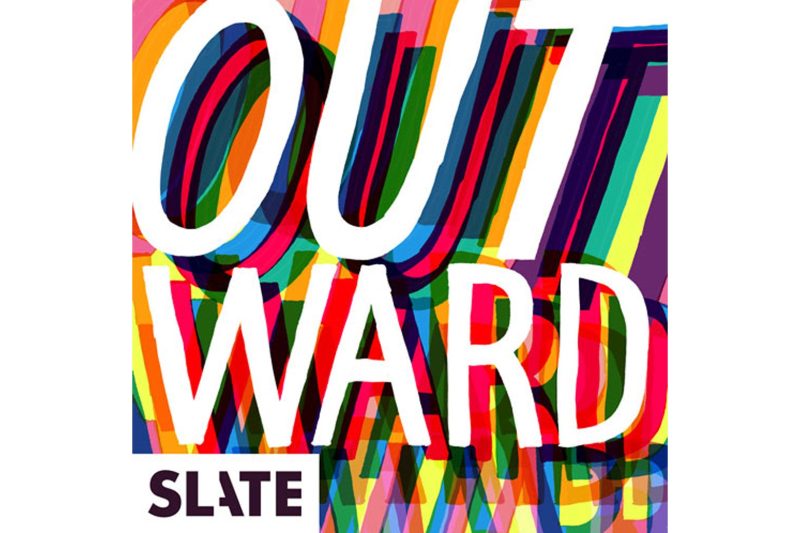
Michael Roberson, a scholar, activist, and ballroom historian, delves into the profound history and enduring significance of ballroom culture in his new book, *Ballroom: A History, A Movement, A Celebration*. His work illuminates the scene’s origins as a form of resistance and survival for Black and Latinx queer and trans individuals. It wasn’t just a social gathering; it was a lifeline, a space where marginalized communities found solace, community, and a powerful sense of belonging.
Roberson’s research highlights the crucial role ballroom played during the AIDS crisis. The community rallied together, providing vital support and resources to those affected, often filling gaps left by insufficient public health responses. This period showcased the remarkable resilience and strength of the ballroom community, their ability to organize and care for one another in the face of immense adversity.
Beyond its historical context, the book explores the ongoing spiritual and communal power of ballroom. It remains a sanctuary, a place where individuals can express themselves authentically, celebrate their identities, and find kinship with others who share similar experiences. The vibrant performances, the intricate houses and families, all contribute to a rich tapestry of cultural expression and mutual support.
Roberson’s insightful analysis offers a compelling perspective on ballroom’s multifaceted nature. It’s a story of survival, resilience, and the enduring power of community in the face of oppression. It’s a celebration of self-expression, artistry, and the profound impact of finding your chosen family. It is a must-read for anyone interested in LGBTQ+ history, cultural studies, and the transformative power of community.










